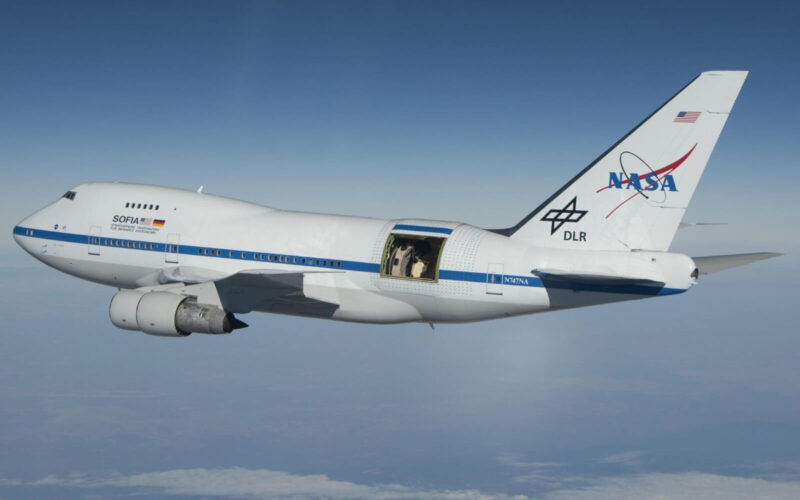On October 21, 2020, NASA said that October 26 will see an exciting announcement of the Moon-related discovery. Clues emerged that it could be all about water.
Initially the news prompted aerospace geeks to speculate on the subject of the discovery and the reason why NASA chose such a suspenseful way to announce its upcoming teleconference. Only a couple of facts could be stated with certainty: the discovery was made using Stratospheric Observatory for Infrared Astronomy (SOFIA), a huge infrared telescope mounted on a Boeing 747; the press release of the agency also pointed out that the discovery is connected to the Artemis program, a plan to send astronauts to the Moon in 2024.
While many journalists and space geeks alike admitted having no clue of what the news could bring, the initial speculation centered around upcoming human habitation on the Earth’s satellite. Then, several bloggers connected the dots.
The blog Nasa Watch dove into the careers of announcers of the upcoming teleconference and found out one of them – Casey Honniball, from NASA’s Goddard Space Flight Center – worked extensively on the use of SOFIA-mounted telescope as a way to detect water molecules on the Moon.
Her publically-accessible PhD dissertation contained the exact recipe to do so and to make it better and more efficient than ever before.
Sure, there already were announcements about the discovery of water on the Moon’s surface – ever since Apollo missions in the early 70s detected traces of water vapor, and scientists confirmed its presence in lunar rock samples a few years later. But those discoveries were far from definitive and the amounts were negligible.
Yet the ability to detect larger quantities and to extract them for human use, would make all the difference for the upcoming Artemis mission, which aims at establishing the groundwork for the Moon as a base for subsequent deep space exploration.
So, an announcement that NASA, using Honniball’s method, found a way to do at least one of those things is more than likely. But why the secrecy then?
The early announcement of an announcement and a suspense in which NASA holds the whole community of space enthusiasts could be connected to SOFIA, not to the discovery itself. As the budget of the agency shrank through the years, the fate of the 747-mounted observatory hung in the balance. It was grounded for much of 2020 due to COVID-19, and had problems with financing a decade before that.
NASA has been advised – and planned to – terminate SOFIA numerous times due to ballooning costs and a lack of important discoveries. It met criticism even before the launch in 2010, and both Obama and Trump presidential administrations proposed grounding it. There is an urgent need to prove that the world’s only airborne observatory of such scale can provide some useful results. And that may answer the question why NASA puts so much effort to build excitement before the coming announcement.

